This simple science experiment and demonstration is a great way to show children what happens to gases when they are heated.
The air around us is an example of a gas. Particles in a gas can move freely in any direction. Gases don’t have a fixed shape but fill the space they have.
When a bottle with a balloon on top is placed in hot water, the air inside warms up. Warm air particles move faster and with more energy than cooler air particles, increasing the volume of the air and inflating the balloon.
Hot and cold air balloon experiment
You’ll need
One empty 500ml plastic bottle
A balloon
Two bowls
Hot water and cold water
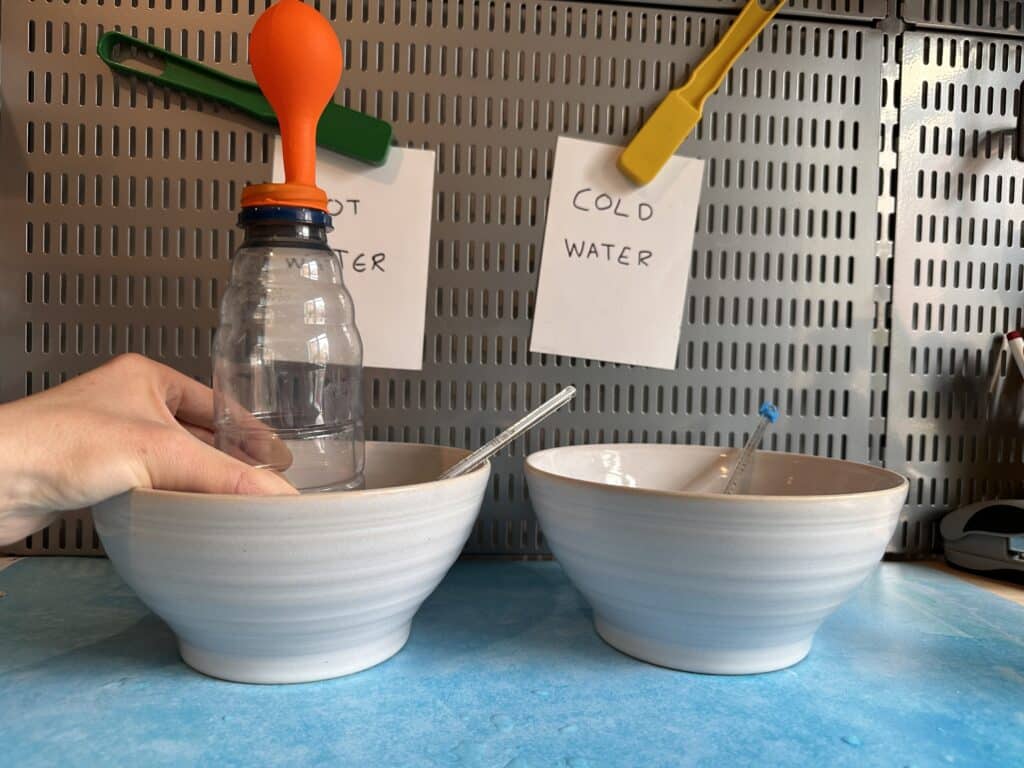
Instructions
Carefully place the balloon over the bottle opening. Check for holes. The balloon needs to be airtight.
Carefully half-fill one bowl with cold water and one bowl with hot water.
Place the bottle in the hot water bowl and watch as the balloon fills with air.
Transfer the bottle to the cold water bowl and watch as the balloon deflates.
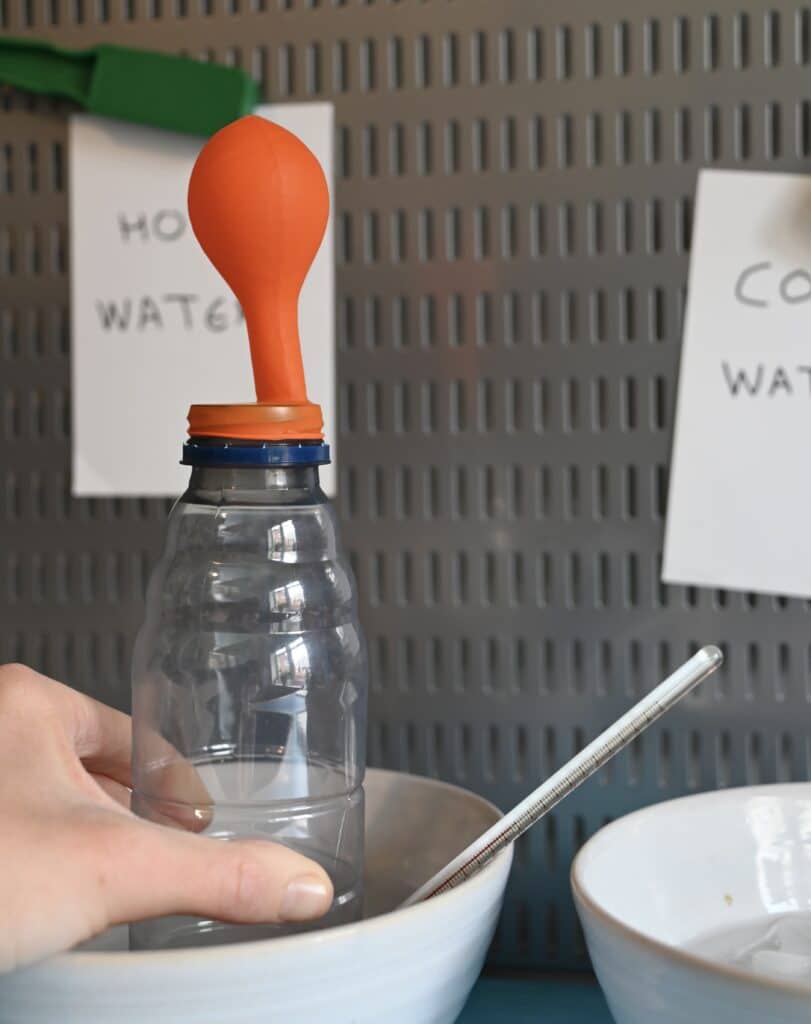
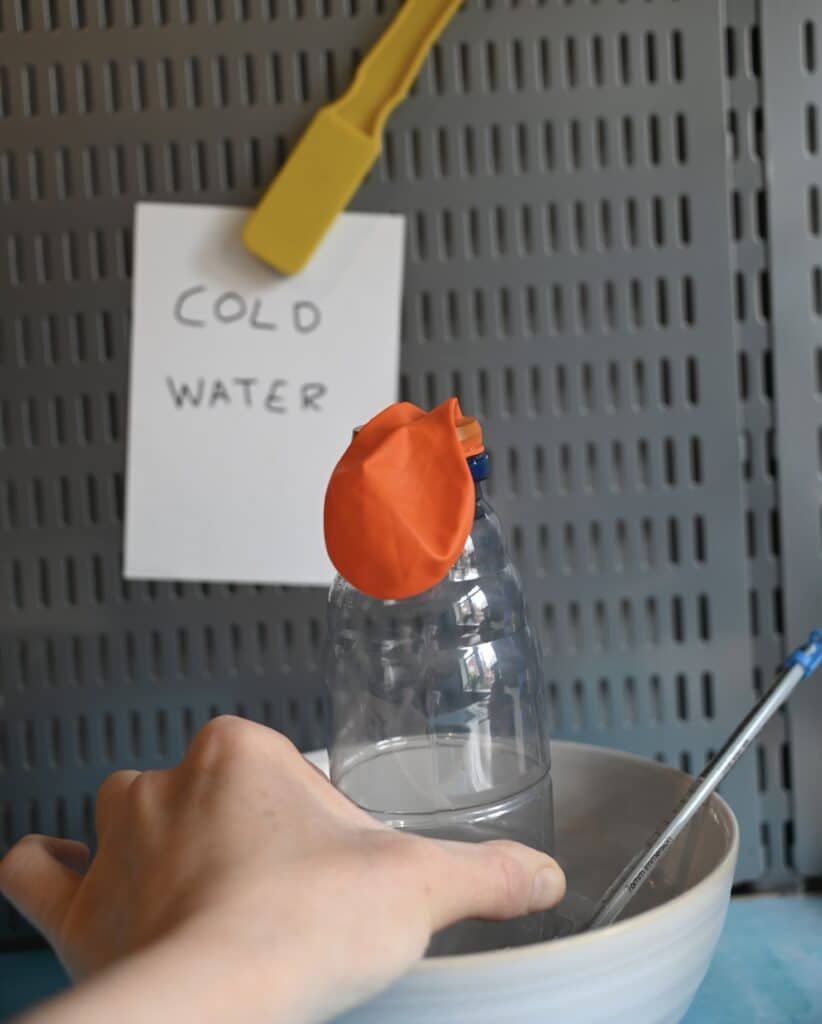
Investigation ideas
Experiment with different water temperatures and record how long it takes for the balloon to inflate at each temperature. For this to be a fair test, you’ll need to make sure the air inside the bottle is at room temperature before placing it in each bowl of water.
Investigate to find out how long the balloon takes to deflate after being in different temperature waters for the same amount of time.
Why does the balloon blow up?
Placing the balloon over the top of the bottle traps the air inside. When the bottle is placed in hot water, the air inside heats up. Warm air molecules move faster than cooler air molecules. The warm, faster moving air expands and moves into the balloon, inflating it. The volume of the air in the bottle increases as it heats up.
As the air cools, the air molecules start to move more slowly and closer together. This means they take up less space, the volume decreases, and the balloon deflates.
Fun facts about air
The air we breathe contains about 78% nitrogen, 21% oxygen, and 1% other gases such as carbon dioxide, argon, neon, and methane.
Humidity is the amount of water air can hold before it rains.
Air pressure is the pressure is the pressure of air pushing down on the Earth’s surface.
The air around us also carries small particles of dust, pollen and pollutants from car exhausts and other sources.
We need air to breathe!
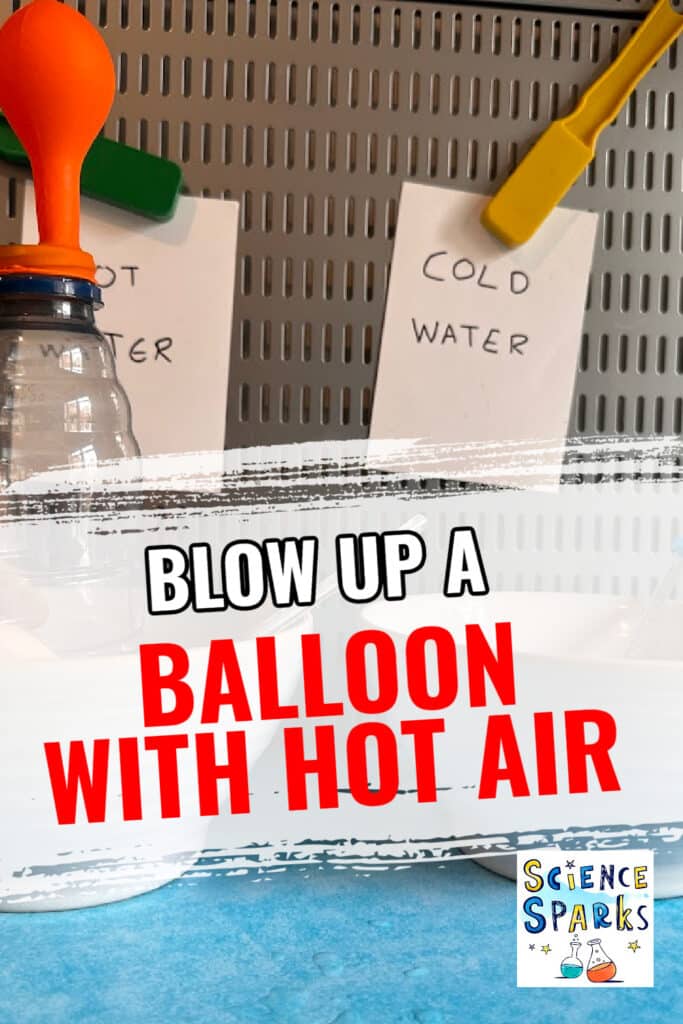
Last Updated on March 19, 2024 by Emma Vanstone
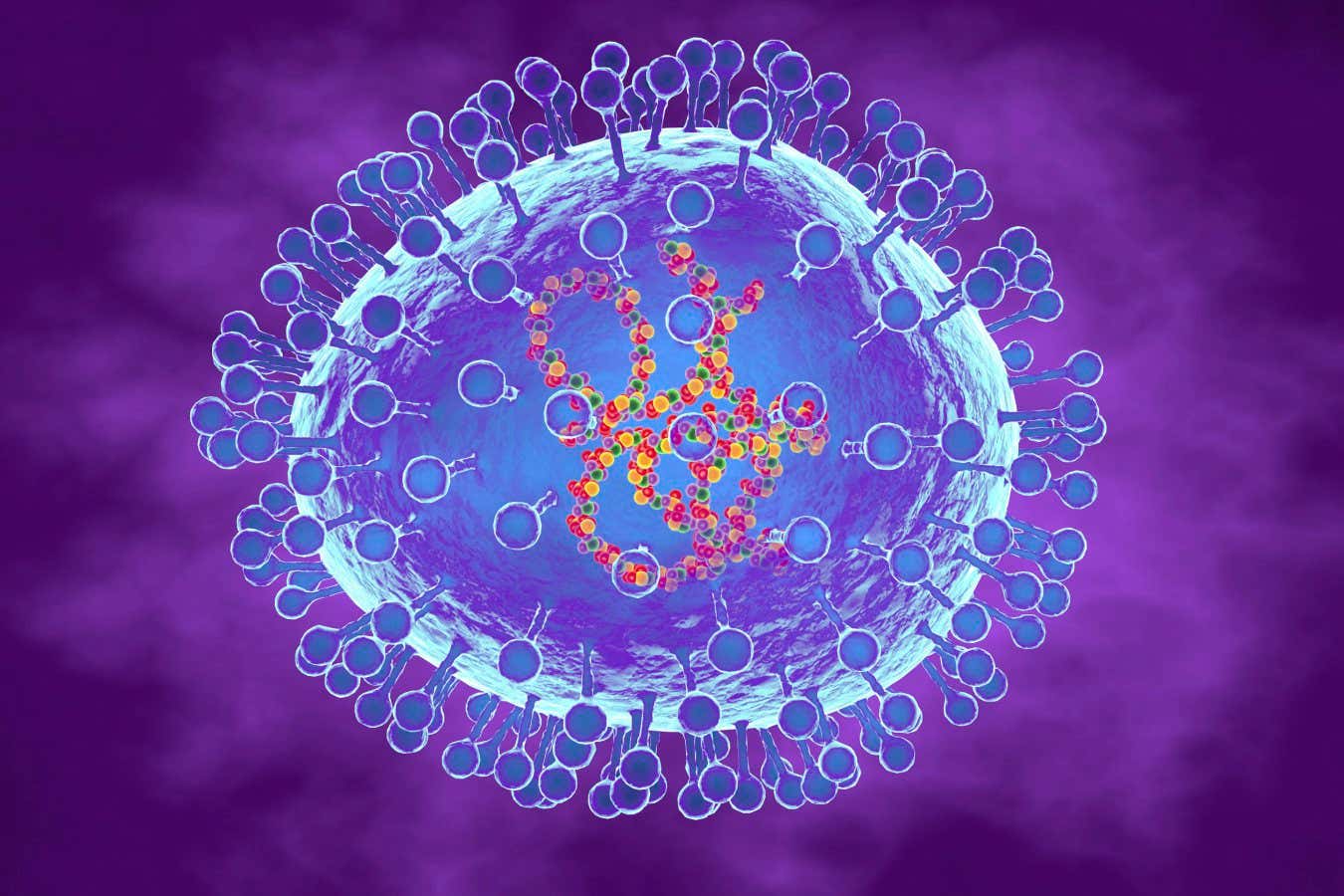
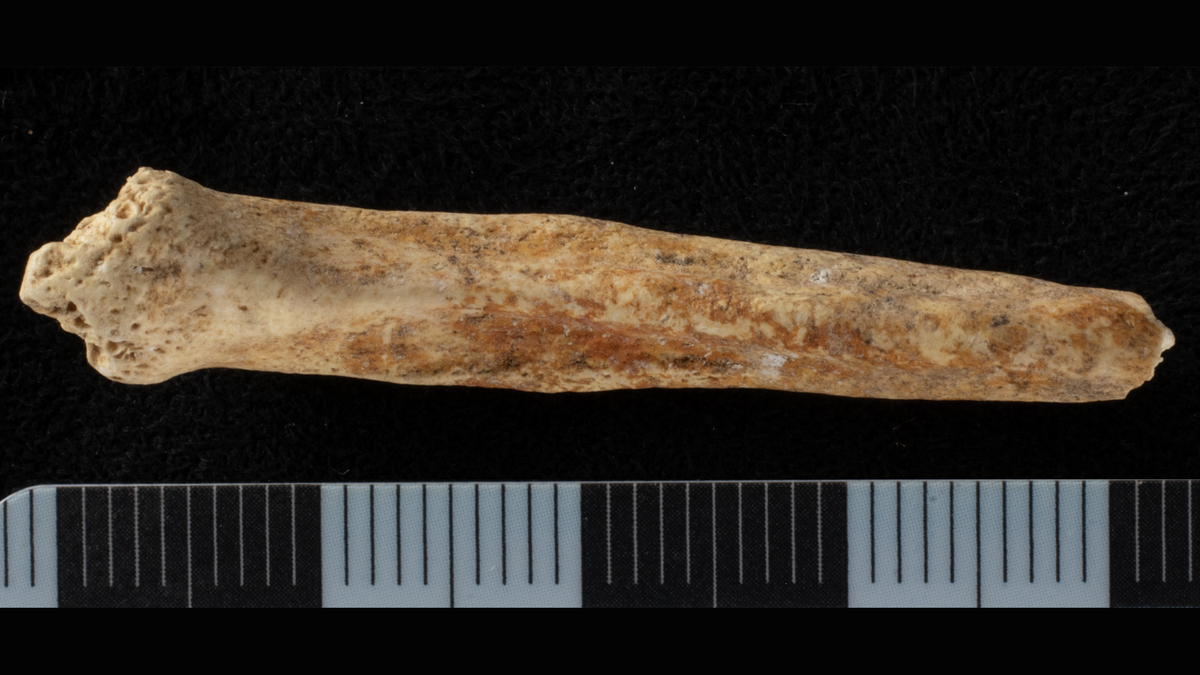
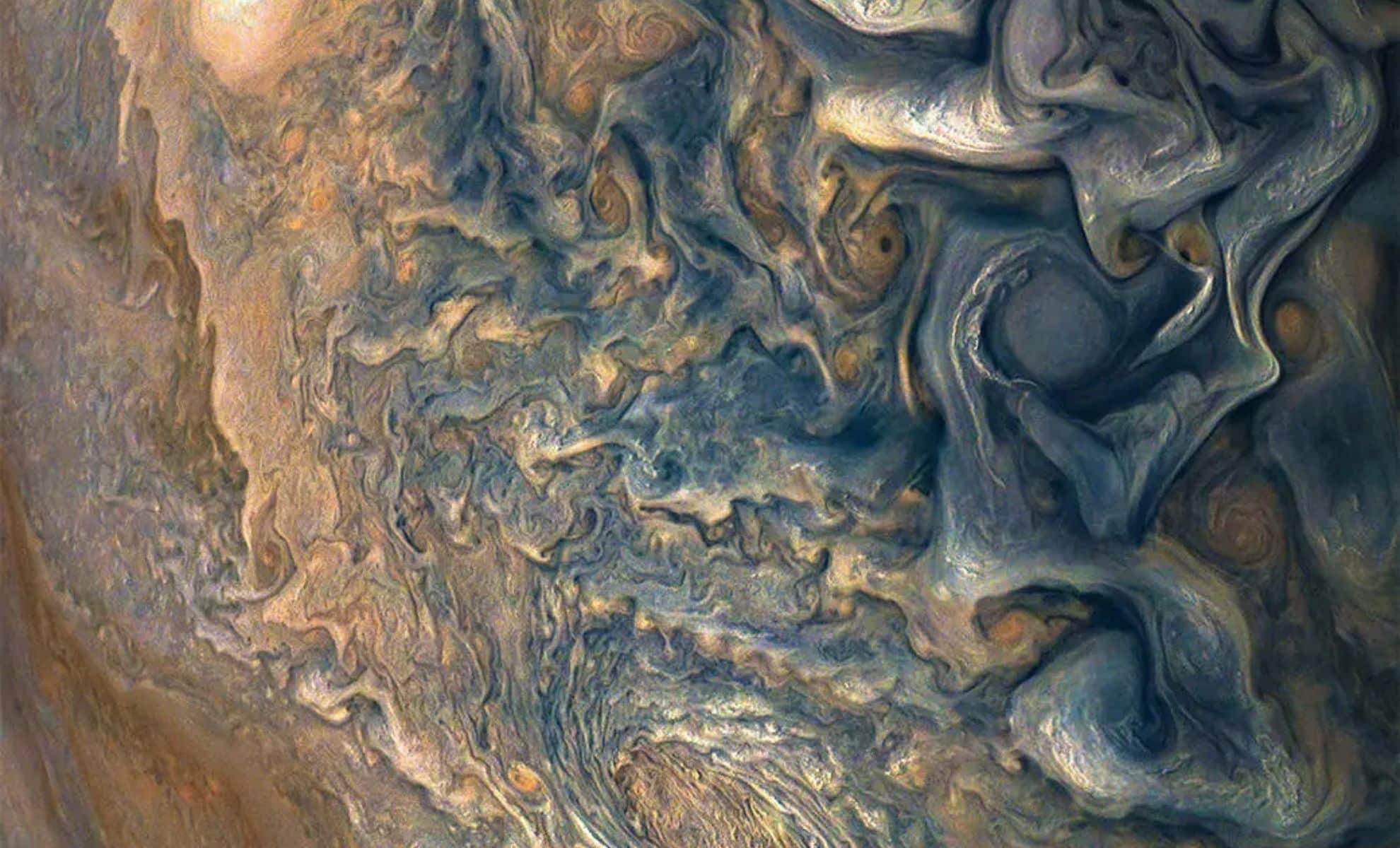






Leave a Comment